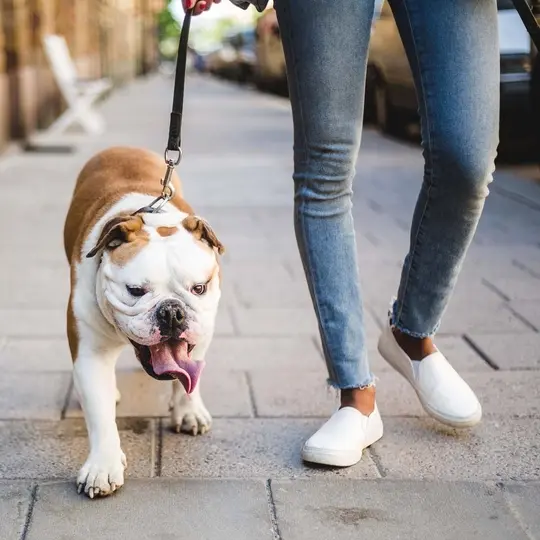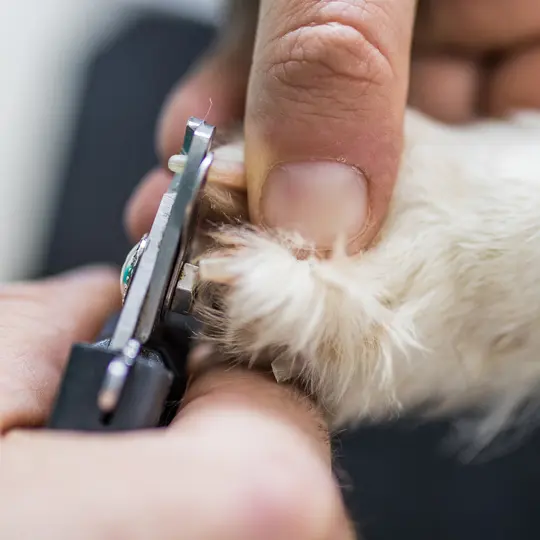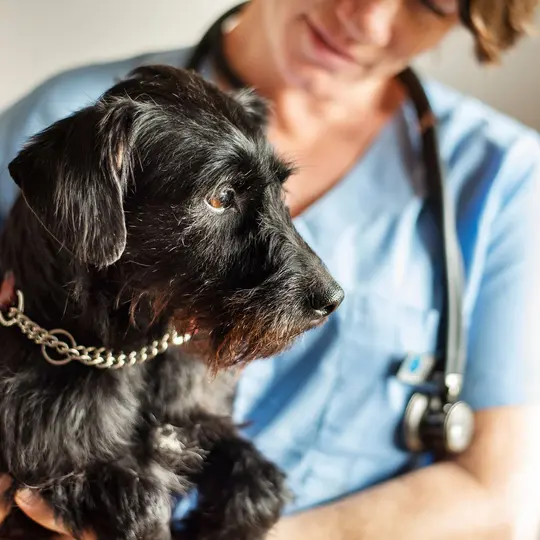1 of 5 / Diet & Nutrition
View All
The Facts About Dog Nutrition
Whether you buy your dog food or make it yourself, your dog needs a balanced diet to stay healthy.
Foods With Probiotics for Dogs
If you’ve eaten yogurt, you’ve probably heard of probiotics. Are they safe for dogs?
How Often Should You Feed Your Dog?
There are several healthy ways to feed your dog, depending on its individual needs. Here are the top three.
Can You Give Your Dog Pumpkin?
Pumpkin is a superfood for dogs. It contains essential micronutrients and fiber that make it a very nutritious treat.
2 of 5 / Behavior & Training
View All
Training Your Dog: Why You Should Do It
Why it pays to train, which techniques work, and which don't.
How to Get Your Dog to Walk on a Leash
Taking a walk shouldn't be a battle. How to master leash etiquette.
Teaching Your Dog to Ask to Go Out
Potty time tips for dog and owner.
Teaching Your Dog to Fetch
Playing fetch is fun and healthy for both you and your pet. But not all dogs learn it immediately.
3 of 5 / Puppy Care
View All
How to Conduct Puppy Temperament Tests
Before you bring a new puppy into your home, one of the first things to do is get to know as much as you can about them.
Puppy Preparedness: Get Your Home Ready
Tips for getting your house – and everyone in it – ready for the new arrival.
How to Choose a Dog Collar
Choosing the right dog collar for your new pup can make all the difference when it comes to training.
How to Choose a Dog Harness
A dog harness can help prevent injury and things like choking or hacking.
4 of 5 / Preventive Care
View All
How to Trim Your Dog’s Nails
Owners should make trimming their dog’s nails part of their regular grooming process.
How to Care for Your Dog’s Paws
Your dog’s paws bear their body weight and are essential for their daily activities.
10 Steps to Dog Dental Health
Brushing your dog's teeth and more tips.
Traveling by Car With Your Dog
10 tips to help your dog have a great time on the road.
5 of 5 / Common Conditions
View All
Eye Discharge and Tear Stains
What to do about unsightly eye discharge and tear stains.
Lower Urinary Tract Problems
Symptoms, causes, and treatments for lower urinary tract problems in dogs.
Obsessive Licking and Scratching
Why dogs scratch and lick compulsively, and how to break the habit.
Pain Medications for Dogs
Pain medication can provide relief from a host of health conditions. Know your options.
Suggested Reads about Dogs
Mysterious Illness in Dogs May Spread During Holidays, Vets Warn
A mysterious respiratory illness that has sickened hundreds of dogs and is difficult to treat has caught the attention of veterinarians around the country, who worry cases may climb as people travel with their dogs or board them during the holidays.
Dog Cancer Q&A: Types, Symptoms, Prevention, and More
A veterinary expert answers commonly asked questions about cancer in dogs, including what common symptoms to look for, cancer rate differences by breed, and how to help prevent cancer in your pet.
Heartworms in Dogs: Facts and Myths
Heartworms in dogs are easy to prevent, but difficult, and costly, to cure.
How Much Does Your Dog Understand When You Talk?
Learn how many words dogs understand and how to teach them to obey verbal commands.
8 million+ Physician Ratings & Reviews
Find Doctors and Dentists Near You
You can also search by physician, practice, or hospital name